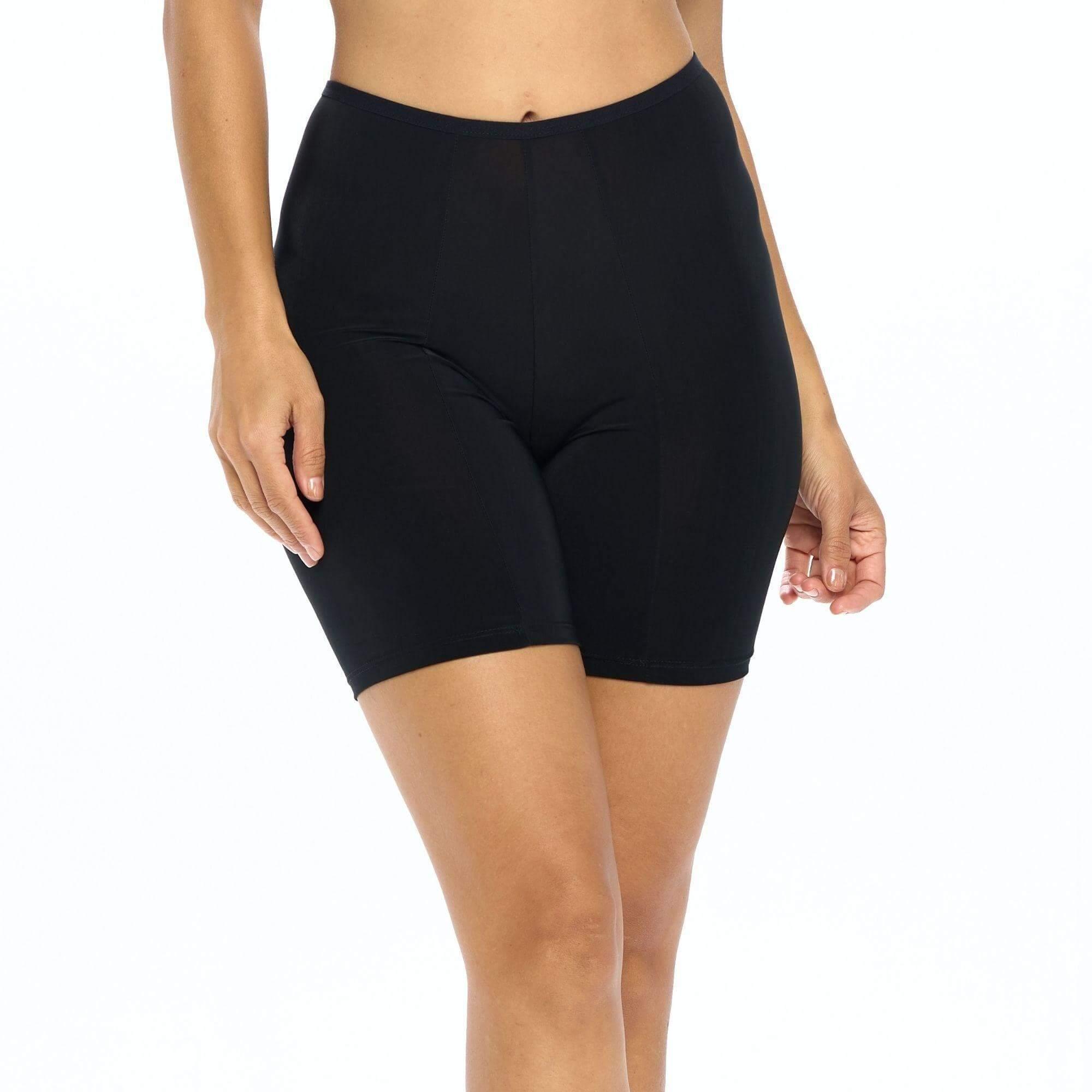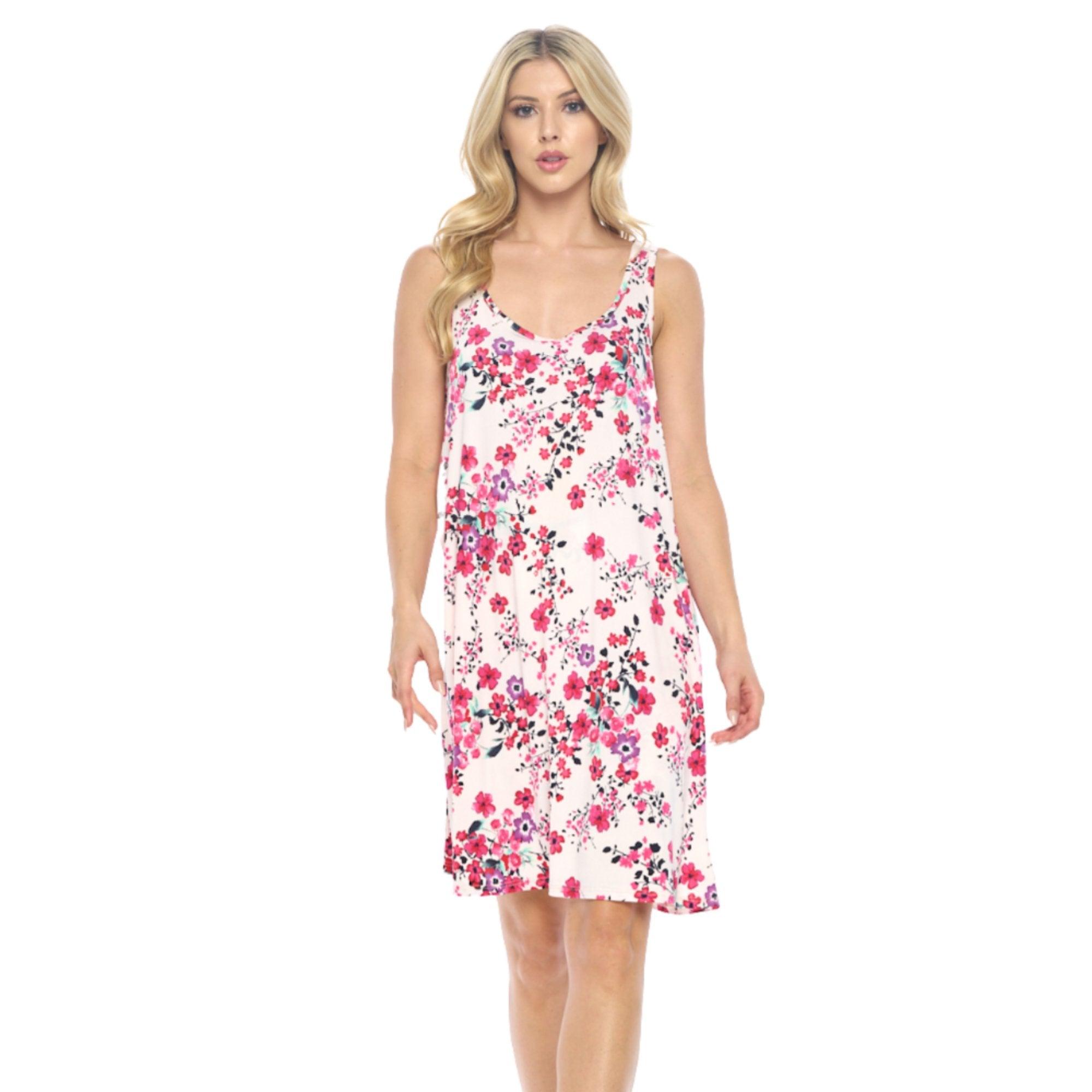Pregnancy is a beautiful and exciting time, but it can also be stressful and uncomfortable, especially when it comes to clothing. Many women may feel tempted to wear tight clothing during pregnancy, as they believe it will help them maintain their pre-pregnancy figure or keep up with current fashion trends. While wearing tight clothing during pregnancy may seem harmless, it can harm the health of the unborn baby.
Understanding the Risks of Tight Clothing During Pregnancy
Pregnancy is a beautiful and exciting time for many women, but it can also be a challenging one. As the body undergoes significant changes to accommodate the growing fetus, it is important to pay close attention to the clothing choices made during this time. While tight clothing may be fashionable and comfortable, it can pose serious risks to both the mother and the unborn baby.
Restricted Blood Flow and Circulation
When women wear tight clothing during pregnancy, they may experience restricted blood flow and circulation. This is because the clothing constricts blood vessels, limiting the amount of oxygen and nutrients that reach the developing fetus. This can lead to serious complications, such as decreased fetal growth and development.
Pregnant women need to prioritize comfort over fashion when it comes to clothing choices. Loose-fitting garments made from breathable fabrics, such as cotton, can help ensure proper blood flow and circulation, which is essential for the health of the developing baby.
Increased Body Temperature
Tight clothing can also lead to increased body temperature during pregnancy. This is because tight fabrics do not allow for proper ventilation, which can cause expecting mothers to overheat. When a pregnant woman's body temperature rises, it can negatively impact the health of the unborn baby, leading to conditions such as birth defects and premature birth.
Pregnant women need to wear clothing that allows for proper air circulation to regulate body temperature. Choosing loose-fitting clothing made from breathable fabrics can help prevent overheating and reduce the risk of complications during pregnancy.
Potential for Intrauterine Growth Restriction (IUGR)
Intrauterine Growth Restriction (IUGR) is a serious condition that can occur as a result of tight clothing during pregnancy. This condition causes the fetus to be smaller than average, and it can lead to a range of health problems, including respiratory distress, low blood sugar, and difficulty regulating body temperature.
While many factors can contribute to IUGR, including genetics and maternal health, wearing tight clothing during pregnancy can increase the risk of this condition. Pregnant women should prioritize loose-fitting clothing to ensure proper fetal growth and development.
In conclusion, while tight clothing may be fashionable and comfortable, it can pose serious risks to both the mother and the unborn baby during pregnancy. Pregnant women should prioritize loose-fitting clothing made from breathable fabrics to ensure proper blood flow, regulate body temperature, and prevent complications such as IUGR.
The Importance of Comfortable Maternity Wear
Pregnancy is a beautiful and exciting time in a woman's life. However, it can also be challenging, especially when it comes to finding comfortable and properly fitting clothing. As the body undergoes significant changes, it is essential to wear clothing that not only fits but also supports the growing bump and promotes overall health and well-being.
Benefits of Properly Fitted Clothing
Wearing properly fitted maternity clothing can provide numerous benefits for expectant mothers. For one, it can help reduce discomfort and improve physical well-being. Clothing that is too tight or restrictive can cause chafing, irritation, and even pain. On the other hand, clothing that is too loose can cause unnecessary friction and make it difficult to move around comfortably.
Properly fitted clothing can also promote the health and development of the baby. Clothing that supports the growing bump can help improve circulation, which is essential for the baby's growth and development. It can also reduce the risk of intrauterine growth restriction (IUGR), a condition in which the baby does not grow at a normal rate.

How to Choose the Right Maternity Clothes
Choosing the right maternity clothes can be overwhelming, but it doesn't have to be. With a few key considerations, expectant mothers can find comfortable and stylish clothing that will see them through their pregnancy and beyond.
One essential factor to consider when shopping for maternity wear is comfort. Look for clothing made from breathable fabrics that stretch and adjust to your changing body. Soft, lightweight fabrics like cotton and bamboo can help keep you cool and comfortable throughout the day.
Versatility is another critical factor to consider when choosing maternity clothing. Look for pieces that can be dressed up or down, so you can wear them to work, out to dinner, or run errands. Layering pieces like cardigans and jackets can also help extend the life of your wardrobe, allowing you to wear your favorite pieces throughout all seasons.
Investing in high-quality maternity wear is also a smart choice. While it may be tempting to buy cheaper, disposable clothing, investing in high-quality pieces can save money in the long run. Quality clothing is more durable, which means it will last throughout your pregnancy and beyond. Plus, you can always resell or donate it once you no longer need it.
Finally, don't forget about supportive undergarments. As the body changes, it's essential to have a supportive bra that can help ease discomfort and prevent back pain. Maternity-specific bras and underwear can provide the extra support needed during pregnancy.
In conclusion, wearing comfortable and properly fitting maternity clothing is essential for the health and well-being of both the mother and the baby. By considering factors like comfort, versatility, quality, and supportive undergarments, expectant mothers can find stylish and functional clothing that will see them through their pregnancy and beyond.
Alternatives to Tight Clothing During Pregnancy
Pregnancy is an exciting time, but it can also come with its fair share of discomforts. One such discomfort is the challenge of finding comfortable and stylish clothing that accommodates a growing bump. While tight clothing may seem like the obvious choice to show off the bump, it can also be restrictive and uncomfortable. Fortunately, there are several alternatives to tight clothing during pregnancy that can provide comfort and support without sacrificing style.
Stretchy and Adjustable Clothing Options
One alternative to tight clothing during pregnancy is to opt for stretchy and adjustable options. Leggings, yoga pants, and other form-fitting garments made from stretchy fabrics can provide comfort and support without constricting blood flow or causing discomfort. These types of clothing can also be adjusted as the bump grows, ensuring a comfortable fit throughout pregnancy.
Another option is to choose clothing with adjustable features, such as drawstrings or elastic waistbands. This allows for a customizable fit that can accommodate a growing bump while still providing support and comfort.
Layering for Comfort and Support
Layering is another effective strategy for dressing comfortably during pregnancy. By layering clothing, expectant mothers can regulate their body temperature and easily remove layers as needed. This is especially helpful during the fluctuating temperatures of pregnancy.
Layering can also provide added support for the growing bump, reducing strain on the back and pelvis. For example, a supportive tank top can be worn under a looser top or sweater to provide added support and comfort.
Embracing Loose and Flowy Styles
Finally, women can opt for loose and flowy styles during pregnancy to stay comfortable and stylish. Maxi dresses, flowy tops, and loose-fitting bottoms can provide the desired level of comfort and support while flattering the growing bump. These styles can also help expecting mothers feel confident and beautiful during this exciting time.
When choosing loose and flowy styles, it's important to pay attention to the fabric. Look for lightweight, breathable fabrics like cotton or linen that allow for air circulation and prevent overheating. These fabrics also tend to be more forgiving and comfortable on the skin.
Overall, there are many alternatives to tight clothing during pregnancy that can provide comfort, support, and style. By choosing stretchy and adjustable clothing, layering strategically, and embracing loose and flowy styles, expectant mothers can feel comfortable and confident throughout their pregnancy journey.
Tips for Dressing Comfortably During Pregnancy
Prioritizing Breathable Fabrics
When shopping for maternity wear, it's important to prioritize breathable fabrics. Cotton, bamboo, and other natural materials can help regulate temperature and keep moisture levels in check, ensuring maximum comfort and health for both mother and baby.
Investing in Supportive Undergarments
Investing in supportive undergarments can also make a big difference in pregnancy comfort levels. Maternity bras, supportive underwear, and belly bands can provide the support and comfort needed to ease discomfort and reduce strain on the body.
Adapting Your Wardrobe as Your Body Changes
Finally, adapt your wardrobe as your body changes throughout pregnancy. This means regularly reassessing your clothing needs and adjusting your wardrobe accordingly. Investing in a few key pieces that can be dressed up or down and layered as needed can help you stay comfortable and confident throughout your pregnancy journey.
Conclusion
Overall, wearing tight clothing during pregnancy can hurt the health and development of the unborn baby. To promote optimal health and comfort during pregnancy, it's important to prioritize breathable, comfortable fabrics, invest in supportive undergarments, and adapt your wardrobe as your body changes. By following these tips and embracing loose, flowy styles, expectant mothers can stay comfortable, stylish, and healthy throughout this exciting time.









